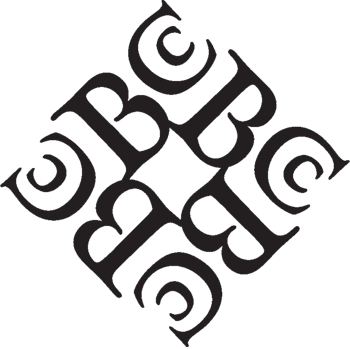It All Began Over Lunch
Thanks to our members, we’ve grown from just shy of sixty to approaching one thousand book-lovers. Noted author and historian Oscar Lewis (1893-1992), author of The Big Four (about the building of the first transcontinental railroads), was the club’s secretary from 1921 to 1946, and saw the rise and progress of the club over his long and productive life. Lewis described the club’s beginnings in a piece he wrote on the occasion of the Club’s 70th anniversary.
On Reaching Seventy: How the Club Began Is A Story Worth Retelling by Oscar Lewis
One morning in 1912, Dr. Edward Robeson Taylor, poet, physician and once mayor of San Francisco, joined W. R. K. Young, book collector and businessman; John Henry Nash, already widely known as a printer; and James D. Blake, then of Newbegin’s Book Shop and later to represent Harper Brothers, publishers, on the West Coast. Together they called on Charles C. Moore, president of the forthcoming Panama-Pacific International Exposition, to suggest that a collection of rare books and locally produced fine printing be displayed.
Moore, himself an ardent bibliophile, approved the idea but advised that it would carry more weight with the exhibits committee if it came, not from a few individuals, but from an organized group. The petitioners thanked him and left, to return an hour or two later and repeat their request—this time on behalf of the Book Club of California, an organization they had dreamed up over the luncheon table.
The book exhibition they envisioned never came to pass, but the club they had so casually created fared very well indeed. By December of 1912, it was formally organized and could boast of fifty-eight charter members.
To be sure, bibliophiles existed in San Francisco prior to the birth of the Book Club of California, and there was fine book-making, as well. And, as Oscar Lewis noted, there had been an idea to exhibit local and international fine bookmaking at the upcoming 1915 World’s Fair, the Panama-Pacific International Exposition.
Why the proposed book exhibit never took place remains a mystery since the PPIE contained a variety of art exhibitions, including paintings, prints, and sculpture. Indeed, one of co-founder Florence Lundborg’s murals won a bronze medal at the fair. But not presenting an exhibit at the fair certainly didn’t stop the Book Club of California. Spurred on, perhaps, by the Club’s stated purpose—“the study of letters and the promotion of the arts pertaining to the production of books”—within a year the fledgling Club had sponsored a variety of events, including lectures, entertainments, and two special exhibitions: one of rare bookplates and another displaying fine book bindings.
In 1914, the Club published its first book: Robert Ernest Cowan’s monumental Bibliography of the History of California and the Pacific West, thereby beginning a tradition that has lasted over one hundred years.







 312 Sutter Street, Suite 500 • San Francisco, California 94108 • t. 415 781 7532 •
312 Sutter Street, Suite 500 • San Francisco, California 94108 • t. 415 781 7532 • 